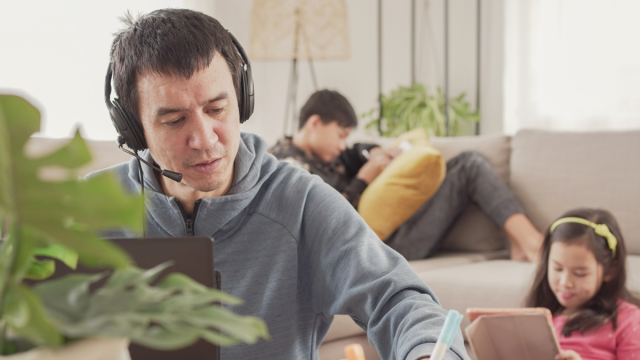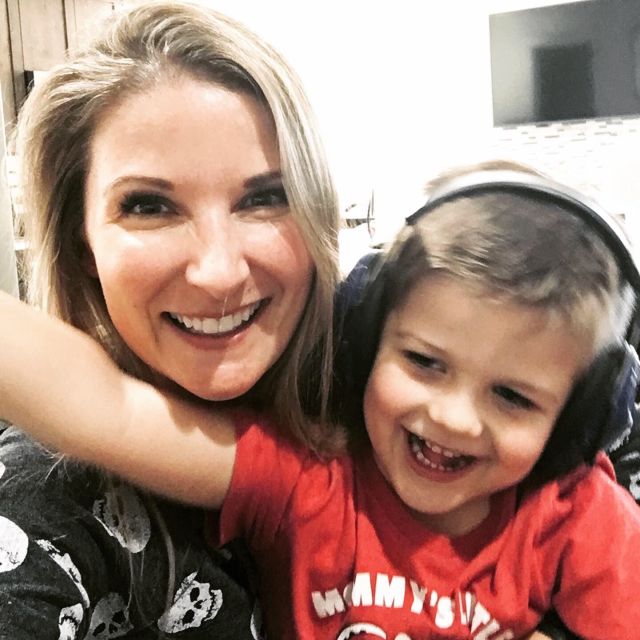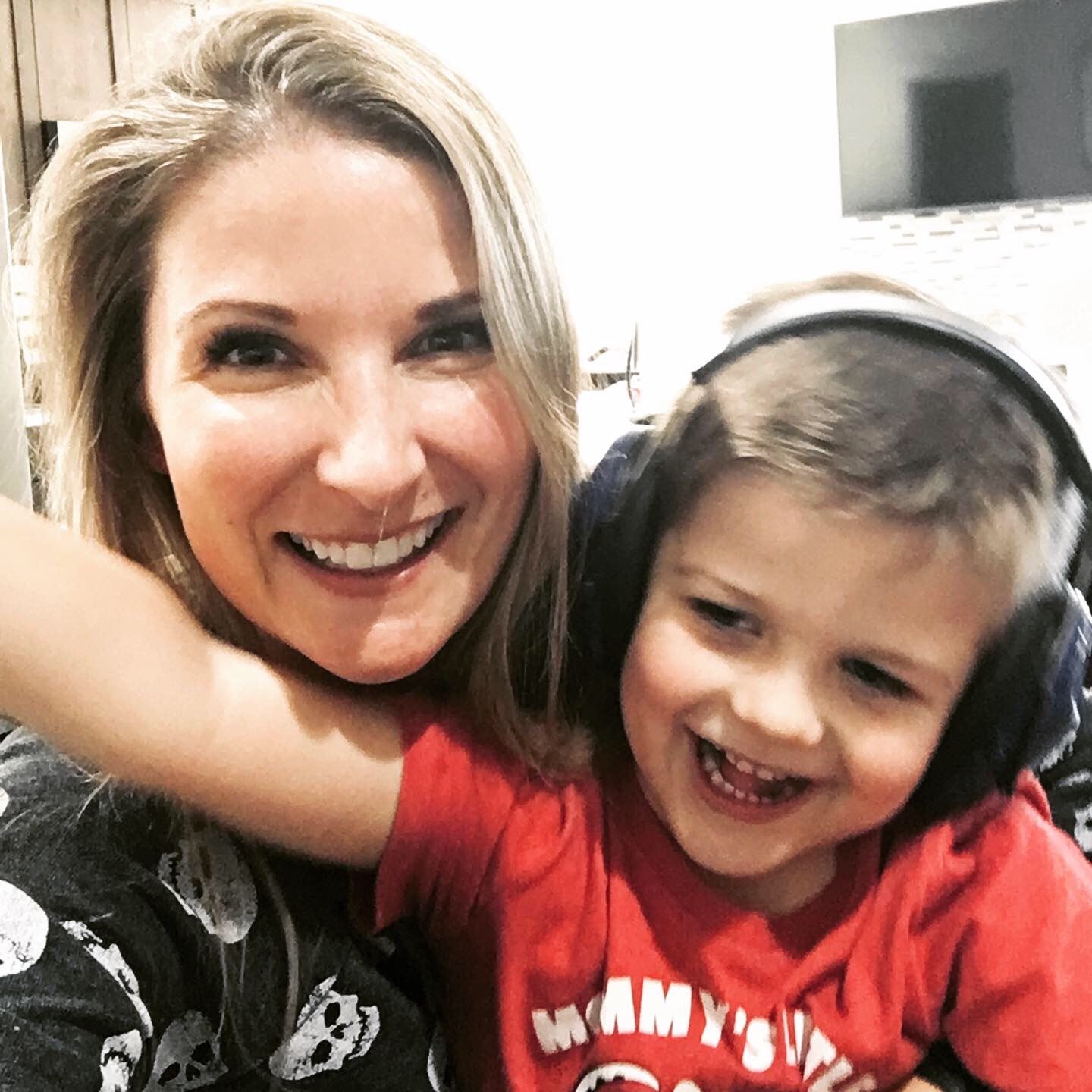Saying no can be challenging as an adult, so it’s no wonder many children struggle with this seemingly simple phrase. While younger kiddos don’t care as much about outside approval, peer pressure grows as your child grows. So, how do we prepare our kids for the moment they find themselves dealing with peer pressure in an uncomfortable situation? How can we explain that they don’t always have to do what others want? We spoke with a few experts on why peer pressure is such a big deal and how to help our children navigate it while still saving face.
When does peer pressure begin, and why is it so effective?
Dr. Jenny Woo, founder and CEO of Mind Brain Emotion and creator of the award-winning 52 Essential Social Situations card game, breaks it down: “Peer pressure can begin as early as the preschool years when children are first exposed to peer dynamics outside the family. However, it tends to become much more pronounced and frequent during the preteen and teenage years.” As for why it’s so effective, Dr. Woo says this has to do with the fact that the adolescent brain is still evolving.
Miami-based licensed mental health counselor Nathalie Fleitas agrees, explaining that during this period, the brain undergoes substantial changes. “Particularly in areas responsible for social cognition and emotional processing, which includes the prefrontal cortex, which is involved in decision-making and impulse control, and the limbic system, which regulates emotions and reward processing. As these regions develop, adolescents become more attuned to social cues and more sensitive to peer influence,” she says.
Fleitas adds that preteens and teens are more prone to risk-taking behaviors due to heightened activity in brain regions associated with reward processing. “The presence of peers can amplify this tendency, as adolescents may perceive risky behaviors as a means to gain social approval or enhance their social status,” she says.
New York-based licensed mental health counselor Heiddi Zalamar attributes teasing, bullying, and fear of being ostracized as additional reasons why peer pressure is so effective among kids. “Other things to keep in mind are issues like high sensitivity, (children) not knowing what to say, or (if the child has) a developmental disability,” she says.
Zalamar also points to social media playing a role in what kids perceive as “cool,” which can lead them toward doing things they’d rather not do.
Dr. Woo agrees, stating that kids might feel pressured to curate a perfect image online, engage in cyberbullying, or participate in dangerous viral challenges. “24/7 online exposure has made peer pressure constant and inescapable—something many parents didn’t have to navigate growing up,” she says.
Here are some responses kids can use to get out of uncomfortable situations.
“No, I don’t do that.”
“This is a general statement that can shut down any invitation,” says Zalamar. Short and direct, it’s a great first line when pressured to engage in any activity the child would rather not do. And if someone asks why they don’t, the child can choose to respond with their reasons or say it’s no one’s business. This simple phrase may work better with younger kids who won’t face quite as much peer pressure.
“I’m not into that; let’s do [alternative activity] instead.”
Whether being pressured to drink, smoke, or do something else that feels like a bad idea, this response doesn’t just shut down the activity but also opens an opportunity to engage in healthier behaviors. “By suggesting an alternate plan, the child takes control of the situation and steers the attention away from the pressure topic,” says Dr. Woo.
“No thanks, I’ve got too much on my plate with [school/sports/etc.].”
Similar to how adults may use the excuse of having an early day to get out of a late-night party or nightcap, kids can also rely on their previous engagements to avoid doing something while still saving face. This excuse “suggests a busy schedule and personal commitments as the reason for refusal. This way of dealing with peer pressure works best if someone wants your child to attend an event like a party, a sleepover, etc., that they’d rather skip,” explains Dr. Woo.
“My parents would kill me, and I can’t afford to be grounded right now.”
This strategy shifts the focus from not wanting to do the proposed action or activity to simply acknowledging that there may be consequences for engaging in it. “Blaming it on parental rules can take the pressure off the individual child,” says Dr. Woo. It might also help the child who suggested the idea to think twice and consider that they, too, may face consequences.
“I don’t think that’s a good idea (or this is sus); we might end up in trouble.”
If they don’t want to blame their parents directly, this is another solid alternative excuse. Additionally, it can be used to avoid actions that might cause them to end up in trouble with other authority figures like teachers, neighbors, or even the police. “This shows foresight and can remind peers of potential consequences,” says Dr. Woo.
“I have to leave now.”
Zalamar says this one may work best when invited to places where kids know they aren’t allowed to go or don’t have permission. Parents can even help their kids with ideas on “why” they need to leave. For example, they forgot a piano class or told their cousin they would come to their house, etc.
“Sorry, can’t help you with that.”
Zalamar says this may work best if someone asks to cheat or do their homework, as it’s a quick and easy way for a child to decline. You can always help your child add additional context depending on the situation.
For example, if being asked for the answers on a test, the child could lie and say they also didn’t study and are also guessing, or use one of the previous responses regarding not being able to afford to get in trouble again because their parents will end up not letting them go to a concert or movie they’ve been looking forward to.
“I’m good; I don’t need to prove anything.”
Even in the volatile world of adolescence, there’s nothing cooler than someone confident in their decisions—especially among older teens. Have your child stand firmly in their convictions by simply letting their peers know they don’t need to prove themselves.
Turning down an offer to do anything they’re uncomfortable with in this way “indicates self-assurance and dismisses the challenge as unnecessary,” says Dr. Woo. It may even make others think twice about why they’re participating in the activity in the first place.
If all else fails, use a code.
This can work well for kids still heavily preoccupied with being pegged as “uncool” for turning their friends down. Many parents are now establishing such codes as using emojis or phrasing statements in certain ways in text and calls so that the parent knows to pick their child up or at least outwardly rescind permission. Kids can also establish these codes with siblings and trusted friends to get them out of hairy situations, like unwanted attention at a party or pressure to sleep over at someone’s house.
More tips on helping kids deal with peer pressure and uncomfortable situations
Zalamar says peer pressure can be especially effective with kids whose parents haven’t had these conversations, so it’s important to arm your kids with responses.
“Kids and parents alike can check out resources like YouTube videos and books that help with this, in addition to working with an experienced therapist. There are also programs and groups geared towards building well-being and expressing oneself in healthy ways,” she says.
Dr. Woo adds that it can be helpful to role-play various scenarios at home. “Teaching children about the power of choice and helping them develop a strong sense of self can empower them to resist negative peer pressure,” she says. “Open communication about daily experiences can help kids and teens feel supported when they decide not to go along with the crowd.”




































